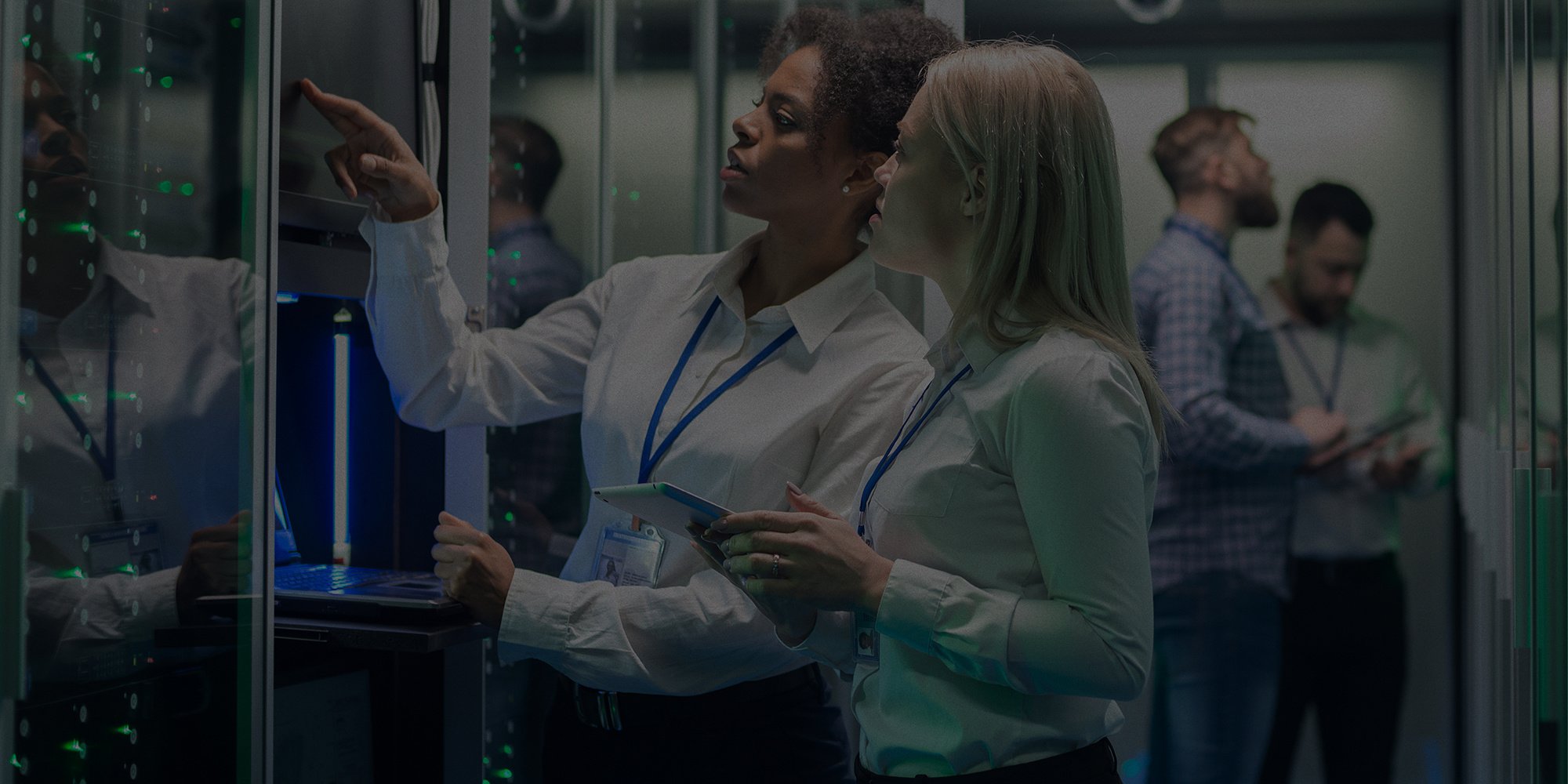How AI-Driven Robotic Process Automation Can Help Achieve an ROI Quicker

When we think of robots, many of us picture characters like R2-D2, C-3PO, Optimus Prime, WALL-E and others. While these are fictional characters, there’s no denying the benefits machines with human-like qualities can contribute to society. In today’s technology industry, artificial intelligence-driven robotic process automation (AI-driven RPA) is becoming more crucial in ensuring efficiency.
A BRIEF OVERVIEW
IBM defines artificial intelligence (AI) as any human-like intelligence exhibited by a computer, robot or machine, often referring to the ability of a computer or machine to mimic the capabilities of the human mind, combining these and other capabilities to perform functions a human might perform. On the other hand, robotic process automation (RPA) is an application of technology, governed by business logic and structured inputs, aimed at automating business processes. In other words, RPA robots perform tasks the same way every time and do not learn from past repetitions, improvise nor create new ways to complete their tasks.
The combination of structure and consistency (RPA) with a machine capable of creating its own logic (AI), makes AI-driven RPA the ideal solution for customer service, accounting, financial services, healthcare, human resources, supply chain development and more. In fact, Digital Workforce refers to RPA as “The Queen of ROI” due to its fast and seamless implementation and relatively cheap cost. Keep reading for more benefits AI-driven RPA provides to companies and ROIs.
PRODUCTIVITY
Although AI-driven RPA may exhibit human-like capabilities, the robots are of course not human, which means there are no breaks required. Instead, it is specifically created for the task at hand and therefore, will not stop unless it breaks or is turned off. Companies are able to customize and combine the processes AI-driven robotic models are capable of, thereby ensuring maximum productivity. According to Deloitte, 95% of organizations that have implemented RPA have seen improved productivity.
VERSATILITY
Let’s face it, no matter how dedicated and passionate your employees are, there are always going to be tasks they don’t want to complete. AI-driven RPA software can do the dirty work, the dangerous work, the boring work and anything else you program it to complete. This saves everyone a headache and allows human employees to focus on more value-added work. Any rule-based and repeatable process can be applicable for AI-driven RPA. Furthermore, the AI aspect of RPA allows it to adapt to changes, and gain knowledge and experience through its tasks.
ACCURACY
If a qualified AI-driven RPA software is programmed correctly, its human margin of error is between 5-10%. As much as we hate to admit it, humans make mistakes. We get nervous, angry, upset, forget or just don’t know how to do something. In contrast, robots have an infinite attention span, no emotion nor distractions and can focus on the task at hand.
COST EFFECTIVE
AI-driven RPA can definitely be a pricey purchase, but in the long run, the investment is well worth it. Compared to humans, the technology is cheaper, faster and more accurate. Statistically, Hadoop researchers estimate companies utilizing RPA will have a potential savings of $5 trillion to $7 trillion by 2025. Statista predicts the RPA industry will be worth $3.1 billion by 2019 and $4.9 billion by 2020, while Forrester believes this figure will be around $2.9 billion by the end of 2021.
JOB INNOVATION
One of the main criticisms of AI-driven RPA is that it will take away jobs from humans. While there are some positions the technology replaces, there have been and will be new and more creative jobs developed as a result. Consider the invention of the computer, when the computer was invented, there was widespread fear that jobs would be lost and that there would be a reduction in the need for human labor. While some people did lose their positions, think about all of the new jobs that have been created as a result of the computer. AI-driven RPA is predicted to do the same.
WHY IT MATTERS
An important thing to remember is that AI-driven RPA was not created to replace the human workforce. No matter how advanced we become technologically, there is no replacing or even matching the creative forces of the human brain. Instead, AI-driven RPA aims to save employees time and stress by completing repetitive and sometimes mindless tasks so that humans can spend their time focusing on more creative and important work. When businesses choose to split forces between humans and AI-driven RPA, a more productive and positive work environment and greater return on investment results.
Related news
What Is a Personality Hire?
Workplace hiring trends are continually changing. Gen Z is becoming known for their desire for...
How to Create a SWOT Analysis for Your Business
You probably learned about a SWOT analysis in school, but when is the last time you applied it to...
3 Recruiting Resources We Offer That Will Help You
Recruiting top-notch talent can be a daunting task for many business owners and managers....






